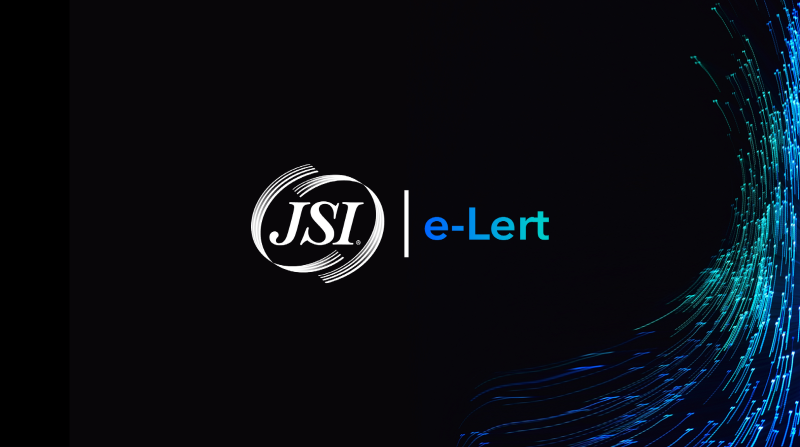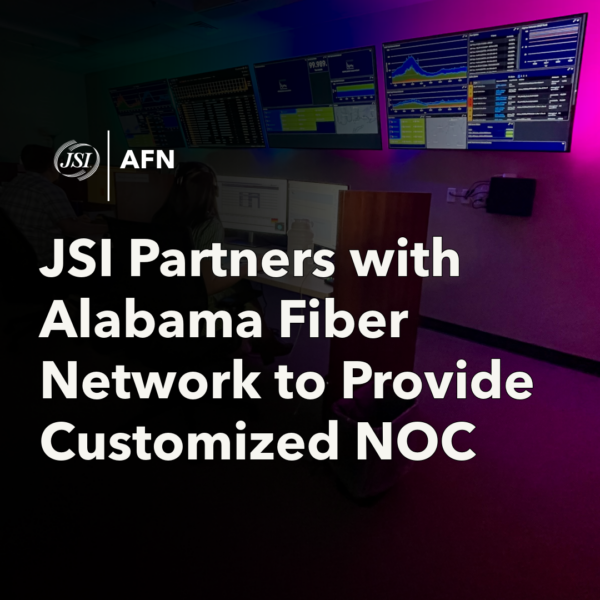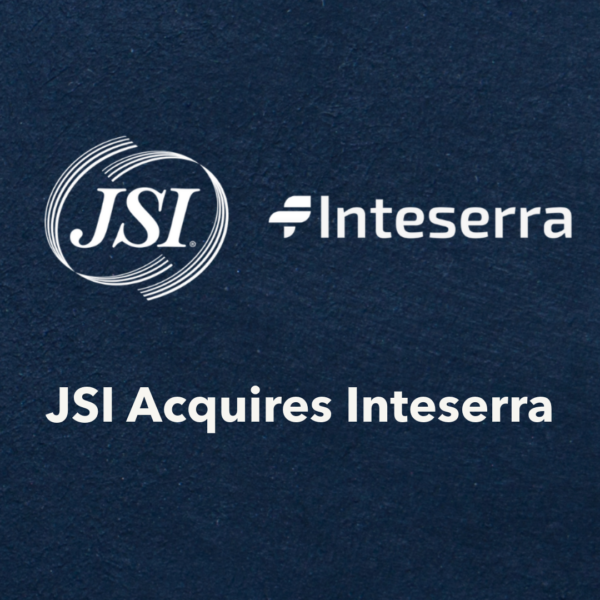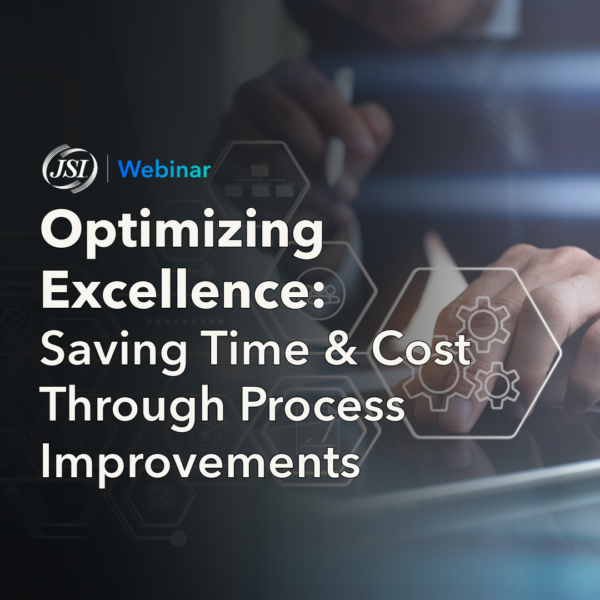
FCC Seeks Comments on Critical USF Support and BDC Waiver

FCC Seeks Comment on Critical USF Support by September 18
On our August 1 webinar, we discussed a new form of Universal Service Fund (USF) support that is available as an option for rural Incumbent Local Exchange Carriers (ILECS), known as the “Enhanced A-CAM” program. We also discussed two associated rulemakings, a Notice of Proposed Rulemaking (NPRM) proposing changes to “legacy” USF support and a Notice of Inquiry (NOI) seeking input on the future of USF. Comment dates on these items were recently announced. Comments on the NPRM are due September 18, with replies due on October 2, while comments on the NOI are due on October 23, with replies due November 21.
As explained below, JSI encourages all ILEC clients not electing Enhanced A-CAM support, as well as all clients receiving grant funding, regardless of whether that funding is inside or outside of your ILEC territory, to actively participate in filing comments on the NOI. All clients considering remaining on legacy support should also consider filing comments and conducting ex partes in support of national association advocacy initiatives. JSI is prepared to assist clients in filing comments, reply comments, and conducting ex partes in both proceedings.
NOI
In its NOI, the Federal Communications Commission (FCC) seeks input on whether and how to modify USF in the future, considering the anticipated almost universal deployment of fiber networks throughout most rural areas. Referencing the tremendous amount of funding for the deployment of broadband through federal and state mechanisms, including USF and NTIA’s Broadband Equity, Access, and Deployment Program (BEAD) program, the FCC posits that “future speed upgrades may be relatively low cost” and that its traditional approach to USF, “may no longer be well-suited to a changed broadband landscape.” The NOI also cites a report that the FCC submitted to Congress last year in which the agency committed to initiate this proceeding to “evaluate the funding needs of existing and future providers that have already deployed high-speed broadband networks and consider the creation of new support processes.”
Areas in which the FCC seeks comment include:
• Which networks should be considered “full-service” and thus eligible for sustainability support.
• Should a “full-service network” that serves areas such as those in Alaska, Tribal Lands, or in other remote and isolated areas be defined differently than in areas in the contiguous U.S.
• In order to calculate support, should the FCC leverage existing cost models, develop new models or use a different approach such as input company-specific financial data into a standard financial model or use a competitive process to determine support levels.
• Whether and how should USF be reoriented to closing digital equity and affordability gaps.
• Should a separate mechanism be created to address unforeseeable costs such as those created by hurricanes, tornados and floods?
• What parameters should the Commission place to ensure that support does not go to any overbuilt locations or locations where future overbuild is expected to occur?
• How should the Commission determine the budget and limit support terms to ensure that support is “no more than necessary and to encourage carriers to be prudent and efficient in their expenditures, including operating as well as capital expenses.”
• Should accountability requirements currently in place for USF recipients such as broadband testing and letters of credit apply to all full-service networks or only to service providers that currently receive USF support.
Given that the FCC envisions making these potential modifications to USF to address support for anticipated near universal deployment of fiber networks, if the FCC were to adopt such changes, the changes could occur within the next five to seven years and thus would impact all ILECs that do not adopt the fifteen-year fixed support made available in the Enhanced A-CAM. Accordingly, we urge all clients currently receiving legacy support that decide not to elect the Enhanced A-CAM support to actively participate in these proceedings to ensure that any modifications the FCC eventually adopts does not negatively impact your support. ILEC clients that currently receive ACAM support and that do not elect Enhanced A-CAM as well as any clients that receive federal and/or state grant funding and/or plan to participate in the BEAD program, also should actively participate to ensure that your company is eligible to receive on-going support for your network after the current funding mechanisms end.
NPRM
In its NPRM, the FCC seeks comment on “needed reforms” to it legacy support mechanism in a “holistic manner” including the budget control mechanism (BCM), deployment obligations, and the effect of funding awards for broadband deployment from federal and state agencies. Some of the items on which the NPRM seeks comment include:
• Whether adjustments should be made to the BCM including NTCA’s proposal for future budget increases.
• Reducing the amount of Connect America Fund Broadband Loop Support (CAF BLS) and High-Cost Loop Support (HCLS) received by Legacy carriers as an alternative to imposing the BCM which could occur by raising the Consumer Broadband-Only Loop (CBOL) rates, reducing or phasing out HCLS or accelerating the phase out of Connect America Fund Intercarrier Compensation (CAF ICC) support.
• Should the next five-year term for buildout obligations require 100/20 Mbps deployment and if so, how should the FCC determine how many locations to which the carrier must deploy?
• Should commencement of the next five-year build out term, which is scheduled to begin on January 1, 2024, be delayed for one year to determine where new CAF BLS support would be appropriate (NPRM notes this would not impact support).
• How to reduce support for areas served by an unsubsidized competitor or areas for which competitors are subject to an enforceable commitment to provide broadband service.
• Whether further safeguards are needed to ensure that Legacy carriers treat grants they receive as capital contributions and exclude them from capital costs on which CAF BLS and HCLS are based.
JSI emphasizes the importance that the industry speaks with “one voice” in these complex matters related to Legacy support and encourages all Legacy clients that plan on remaining on that support mechanism to reach out to JSI and associations in which your company is a member to determine the most strategic way to support industry advocacy efforts with responding to the NPRM.
If you have any questions or would like assistance in filing comments on the NOI and/or NPRM, or you would like assistance with analyzing whether or not your company should elect Enhanced A-CAM, please contact Brian Sullivan, Ryan Denzel, Steve Meltzer, or Douglas Meredith.
FCC Seeks Comment on Broadband Data Collection Waiver by September 1
On August 4th, 2023, The Broadband Association, composed of the Competitive Carriers Association (CCA) and USTelecom, filed a petition asking the Federal Communications Commission (FCC or Commission) to extend the limited waiver or grant a new waiver for the licensed professional engineer (PE) certification requirement for the Broadband Data Collection (BDC) for another three filing cycles. Such an extension would allow otherwise qualified engineers who do not hold the PE credential to continue certifying BDC submissions. The BDC Limited Waiver has been in effect for the past three filing cycles.
Comments on the Broadband Association’s petition are due on or before September 1, 2023, and reply comments are due on or before September 11, 2023.
If you are interested in filing comments individually or with other companies, please contact John Kuykendall. If you need assistance with the Broadband Data Collection, please contact Alice Lewis.










